I wanted to introduce our new product, LanGeek picture dictionary for some time now, and finally, I got the time to do so. Pictures are a great way to learn new words. Our main purpose with this product w
as to simply make it easier for language learners to learn new words. Here is how we tried to do it:
How pictures help to learn new words!
Basically, pictures can help a learner in two ways:
- By helping learners understand the concept beyond a word
- By making an association between a picture (with some connecting elements) and a foreign word
In the first case, the learner is either familiar with the concept or object the new word refers to or is not. If they are familiar with that concept the word can make an immediate connection between an already familiar concept and a word. for example an image of an apple beside the word “Apfel” can immediately tell you that this is the word for apple in German without any need for defining apple or translation.
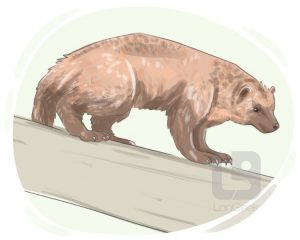 If the learner is not already familiar with the concept the word refers to, the picture can first familiarize the learner with the concept and then teach the word. In this case, translation usually does not help the learner because they usually do not know that concept even in their own language. For example, trying to teach someone a word for an animal they don’t know like “wolverine” can be difficult but with the help of this picture, it can be done in a matter of seconds.
If the learner is not already familiar with the concept the word refers to, the picture can first familiarize the learner with the concept and then teach the word. In this case, translation usually does not help the learner because they usually do not know that concept even in their own language. For example, trying to teach someone a word for an animal they don’t know like “wolverine” can be difficult but with the help of this picture, it can be done in a matter of seconds.
But using pictures to explain words does not always work. Picture work best for concrete words the best, but when it comes to abstract concepts (like hope) or mental and internal states (like depression) they are not that helpful. Sometimes not only they are not helpful but even misleading to some extent.
While designing pictures for these words we tried to make an association with that concept as close as possible or show a situation in which this concept is common. Here is an example of the picture we designed for the word “jealousy“.
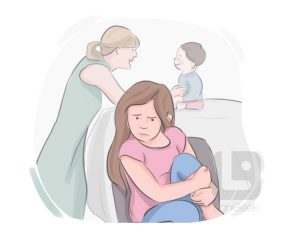
With these types of pictures, it is not always possible for the learner to guess the meaning of the word based on the picture, but when they learn it they can make a direct mental association between the picture and the word concept.
Choosing illustration style
When we started this project it was important for us to choose the right style for these pictures. We needed a style that could be kept similar for the whole project. After much consideration, we landed on a semi-realistic style with a pastel color pallet. Modern and minimal illustration styles while very attractive were not suitable for our use, as they could not show enough details in the image and are always used for concepts that are already familiar to the audience. We wanted our pictures to be able to teach learners new concepts as well.
As for the coloring style we tried to use a palette that can be both attractive to younger and older learners. With lighter shades of a variety of colors.
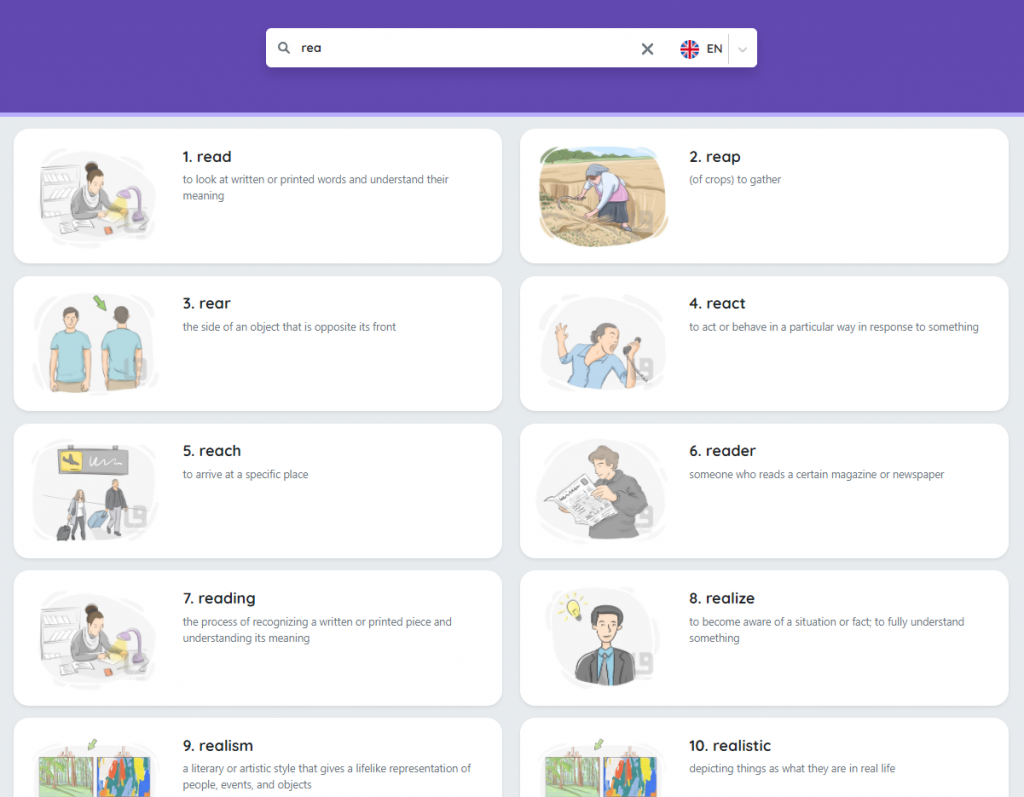
The process of preparing each image
The process begins with our content experts making a list of the words we need to be illustrated. These lists usually come with details of what that word means and sometimes ideas of how that can be illustrated. Then a team of illustrators starts working on each word, after that each picture is reviewed by a content expert again. It is a time-consuming process that sometimes leads to multiple versions of the picture being made and one chosen to be used.
How is it going
Currently, we have more than 3500 pictures and each month between 150 to 300 new pictures are being added to the dictionary. It may take month for this dictionary to be completed but I am sure the end result can be fascinating and very helpful.

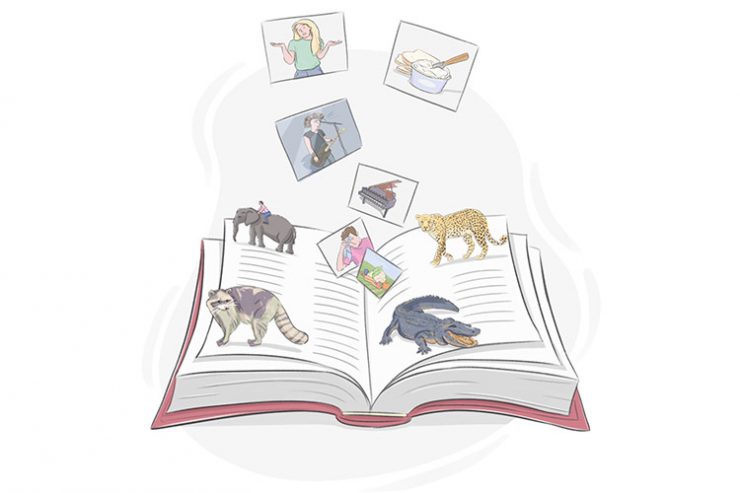
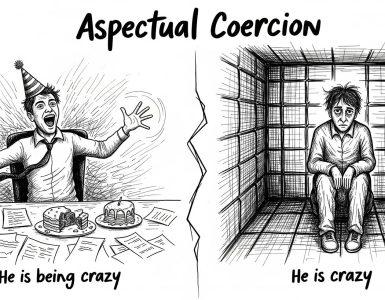

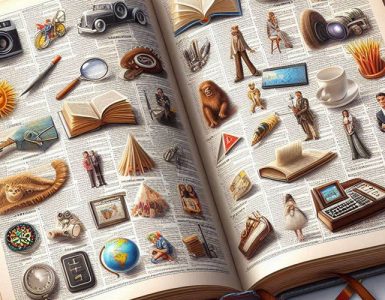
Add comment